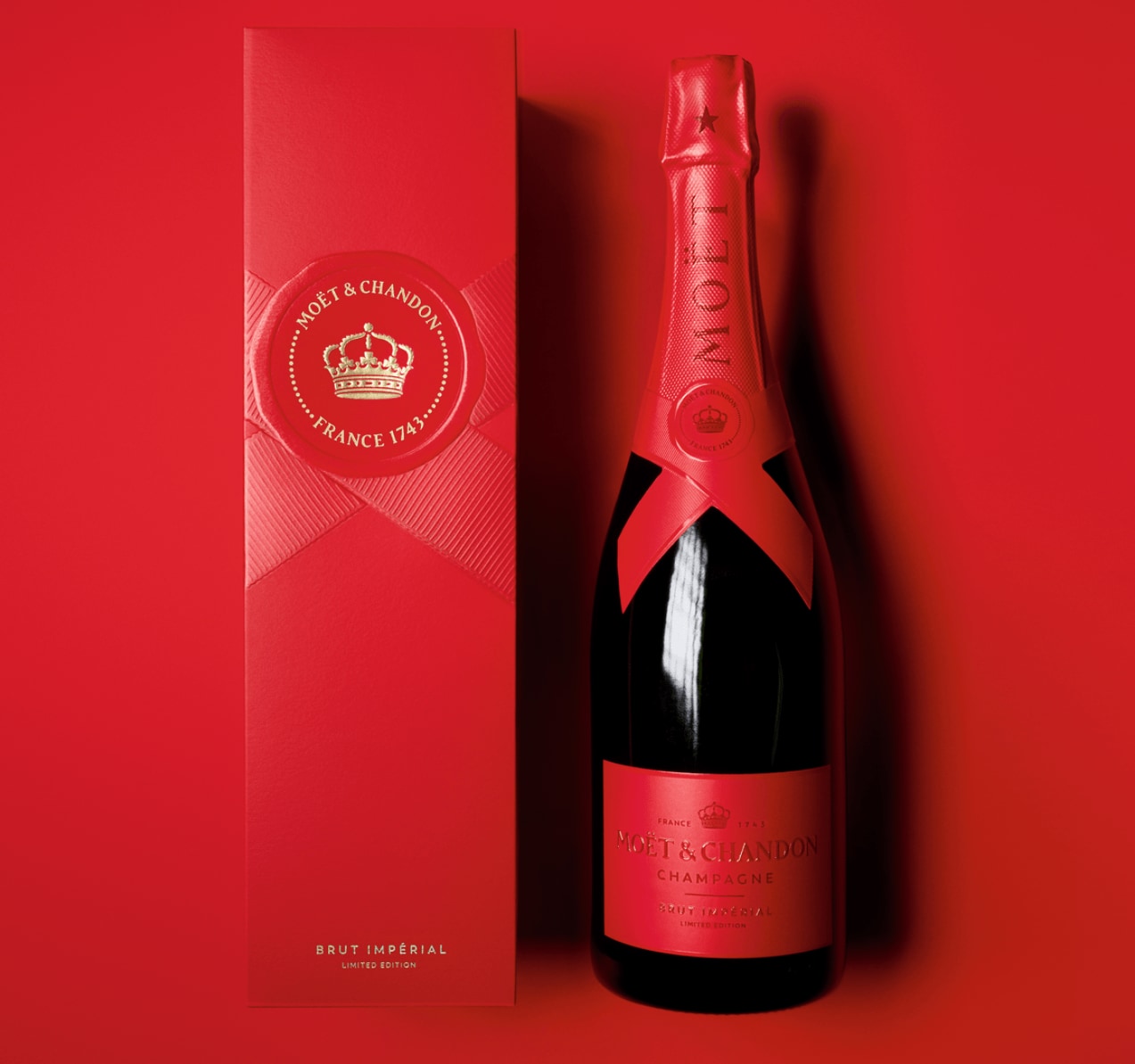Benoît Gouez
Cellar master
at Moët & Chandon
Jean-Michel Bardet
Chef
at Moët & Chandon
Benoît Gouez
Cellar master
at Moët & Chandon
CHAMPAGNE & FOOD
Cellar master
It's rather extraordinary that almost nothing has been written on the specifics of pairing food with champagne.
Chef
Like a stylist with his model, I like to base my recipe on the wine.
MOËT & CHANDON
Cellar master
The wonderful diversity in grape varieties, villages and harvests, provides plenty of material to take advantage of all the various facets of champagne: richness, freshness, structure, lightness, acidity, sweetness, bitterness, umami.
Chef
We’re fortunate to have such an expressive range with Moët & Chandon.
THE SENSES
Cellar master
The most important aspect of champagne is its taste, especially in terms of balancing primary flavours and integrating textures, not just the aromas.
Chef
Two senses are essential: taste and aroma. And two others are a little more secret, but I do have a soft spot for them: chromaticity and texture.
CHROMATICITY
Cellar master
Observing the dish with its colours, nuances and associations already gives us an idea of the wine's profile.
I have a lasting memory of Moët Impérial paired with vegetable tempura: a deliciously simple combination, in an environment and state of mind that made it a unique moment.
Chef
Chromatic pairings suggest real truth, especially in the kitchen. Because nature makes no mistakes in its harmony!
I especially like how Moët Nectar Impérial champagne brings out the best in certain dishes, like a monkfish curry for instance.
INTRODUCTION TO PAIRING
Cellar master
Start out with Moët Imperial champagne if you’re serving fish in white butter sauce.
Chef
I find that Moët Impérial Rosé champagne and roasted duck with raspberries make for an amazing combination.


